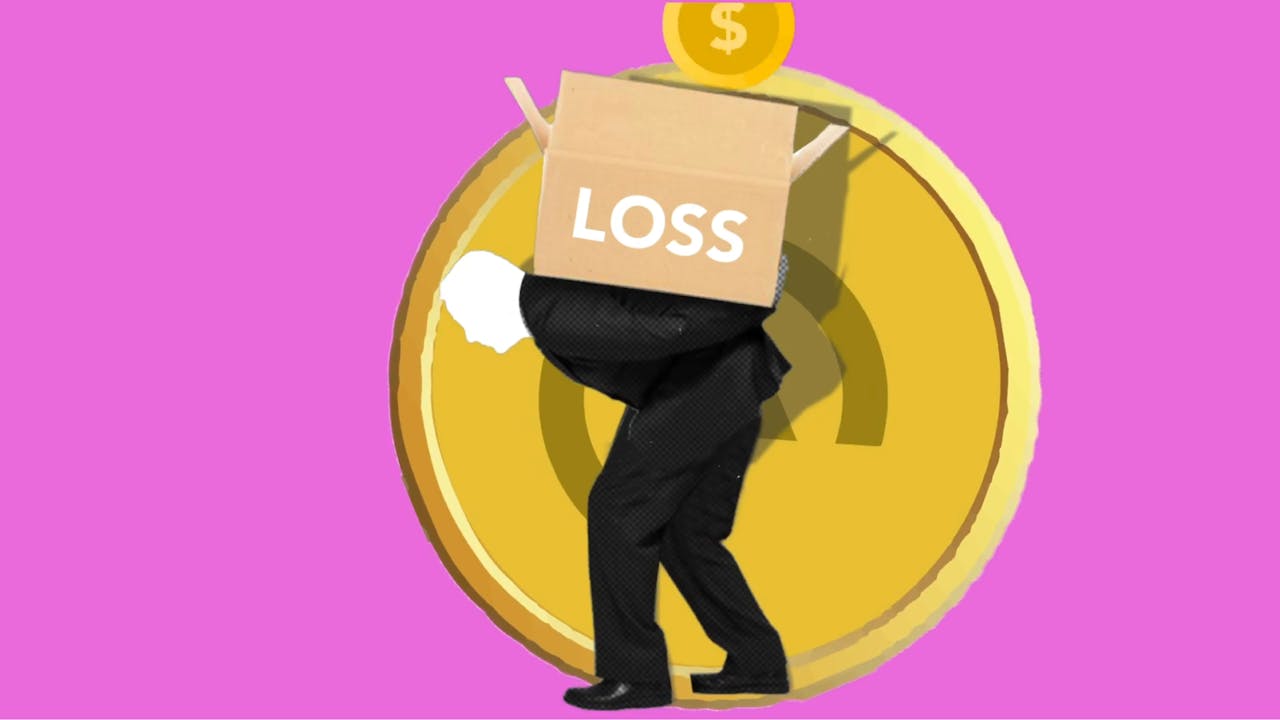
The resurgence of meme stocks is raising alarms about the health of the stock market, according to Marko Kolanovic, JPMorgan’s chief global markets strategist.
In his recent note, Kolanovic reiterated his pessimistic view on stocks despite the S&P 500 hovering near its all-time high. He has one of the lowest S&P 500 price targets on Wall Street at 4,200, suggesting a potential 20% drop from current levels.
Kolanovic is concerned that the high valuations of stocks are not sustainable. The S&P 500’s forward price-to-earnings ratio is currently 21 times, much higher than the 30-year average of 17 times, even though interest rates have been high for nearly two years. This, along with the recent spike in speculative trading in cryptocurrencies and meme stocks, reinforces his bearish outlook, which he has maintained for the past 20 months.
“What is perhaps different this time is that investors seem unconcerned about asset valuations despite high interest rates. This is evident from the recent increase in meme stock and crypto trading activity, tech stock valuations, and the diverging performance of stocks versus bonds,” Kolanovic explained.
On the economic front, Kolanovic points to several indicators suggesting a slowdown or even a potential recession. Recent data shows the Chicago PMI index at its lowest in four years, a rise in the unemployment rate from 3.4% last year to 3.9% today, a sharp drop in home sales, nearly two years of yield curve inversion, and an increase in consumer delinquencies.
The revival of meme stocks like GameStop and AMC Entertainment, which have seen significant price swings recently, reminds Kolanovic of the speculative trading peak in February 2021. This kind of trading activity peaked 11 months before the broader market did in January 2022. Kolanovic warns that a similar peak in speculative trading now could signal trouble ahead for the stock market.
While some measures of speculative trading, such as FINRA margin debt, have not yet reached their previous highs from February 2021, the current trends are enough to cause concern for market stability.
Kolanovic’s cautionary note serves as a reminder to investors to be wary of high valuations and speculative trading, especially in an environment of high interest rates and mixed economic signals.

